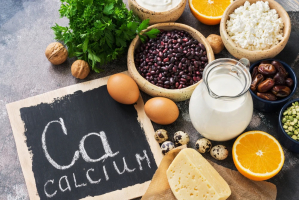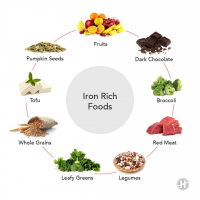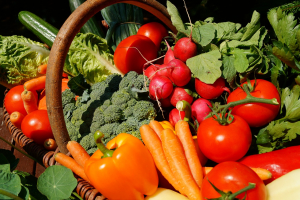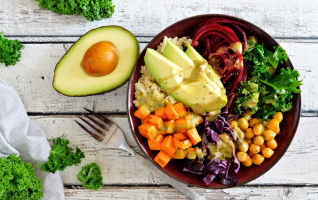Top 5 Dairy Foods Low in Lactose
Lactose intolerance is a common digestive problem, which affects around 65% of the world’s population. People with lactose intolerance should avoid consuming ... read more...dairy products in order not to have unwanted side effects. But not all dairy products have a high lactose content. You might be able to eat some low-lactose foods, depending on how serious your lactose sensitivity is.
-
Butter is a high-fat dairy product that is created by churning milk or cream to separate the solid fat and liquid. Due to the removal of the liquid portion of the milk during processing, which contains all of the lactose, the final product has around 80% fat, with the remainder being constituted by moisture, milk protein and lactose from the milk or cream.
This indicates that butter has a very low lactose concentration. In fact, the lactose content in 3.5 ounces (100 grams) of butter is 0.1 grams. Even if you have an intolerance, levels this low are unlikely to cause issues. Even less lactose is present in clarified butter products like ghee and butter produced from fermented milk products. Particularly, ghee contains approximately 99.3% milk fat and it was also consistently low in both lactose and galactose.

Low lactose butter 
Low lactose butter -
People with lactose intolerance may often eat cheese because the majority of varieties have very little lactose, according to the Australian Dietary Guidelines. Natural cheeses have very little lactose because during the cheese-making process most of the lactose is removed when the curds are separated from the whey (containing most of the lactose).
The amount present in cheese can vary, though, and the oldest cheeses tend to contain the lowest levels. This is because part of the remaining lactose in cheese can be broken down by the bacteria, reducing the amount of lactose present. The longer a cheese is aged, the more lactose the bacteria present is able to get rid of. This shows that aged, hard cheeses frequently have relatively little lactose content. For instance, it is only present in tiny levels in 3.5 ounces (100 grams) of cheddar cheese. Parmesan, Swiss, and cheddar cheeses are low in lactose. Sheep's milk is naturally lower in lactose than cow's milk. Cheese spreads, soft cheeses like Brie or Camembert, cottage cheese, and mozzarella all tend to have more lactose than other types of cheese.
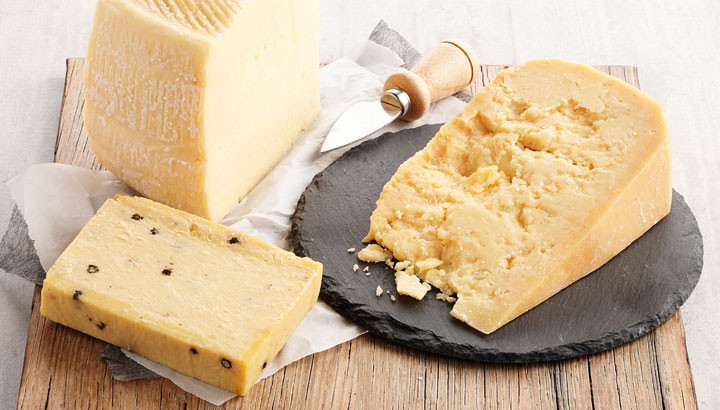
Hard cheese 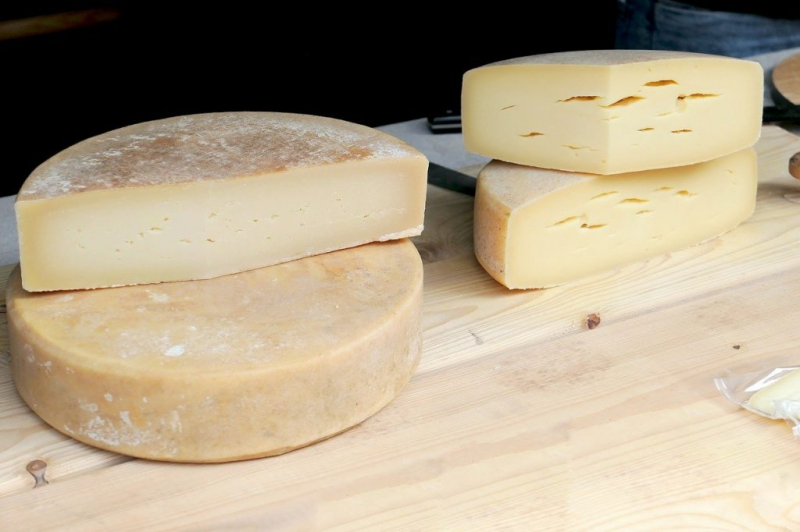
Hard cheese -
Yogurt is frequently much easier to digest for people who are lactose intolerant than milk. This is because most yogurts include living bacteria that can help in the breakdown of lactose, reducing the amount of lactose your body must absorb on its own.
For instance, one of the research included in a review of articles published in 2014 on lactose digestion revealed that when lactose intolerant people ate yogurt, their digestive systems retained 60% less undigested lactose than when they drank the same quantity of milk. The same study claims that yogurt has fewer side effects than milk, with just 20% of patients experiencing digestive issues after eating yogurt as compared to 80% who experienced so after drinking milk. The best yogurts to buy are those that are marked "probiotic," indicating that they include living cultures of beneficial bacteria. Pasteurized yogurts may not be as well tolerated because the bacteria are killed during the pasteurization process.

Probiotic yogurt 
Probiotic yogurt -
For people who are lactose intolerant, choosing a protein powder might be challenging. Protein powders are often made using the proteins found in milk whey, the liquid portion of milk that contains lactose. However, depending on how the whey is processed, the amount of lactose included in whey protein powders can change.
Whey protein powder comes in three different varieties:
- Whey concentrate: This has a protein content of up to 85% and just a small amount of lactose.
- Whey isolate: Compared to whey protein concentrate, this has a higher protein content but less lactose.
- Whey hydrolysate: This powder's amount of lactose is comparable to that of whey concentrate, but some of the proteins have already been partially broken down.
Whey isolate, which has the least amount of lactose, is the ideal option for those who are lactose intolerant. However, the lactose level can vary greatly between brands.

Low-lactose protein powders 
Low-lactose protein powders -
Traditional methods for making kefir involve mixing "kefir grains" with animal milk. Kefir grains, like yogurt, contain live cultures of bacteria that help in the breakdown and digestion of milk's lactose.
Lactose is turned into glucose by the lactic acid bacteria in fermented dairy products like kefir and yogurt, making them substantially lower in lactose than milk. They also include enzymes that can help in further breaking down the lactose. Because of this, kefir typically gets along well with lactose intolerant people, at least when compared to regular milk. Keep in mind that coconut water, fruit juice, or any non-dairy beverage can be used to make kefir that is 100% lactose-free. In fact, an earlier 2003 study discovered that fermented dairy products like yogurt or kefir might lessen intolerance symptoms by 54-71% when compared to milk.

Kefir 
Kefir












